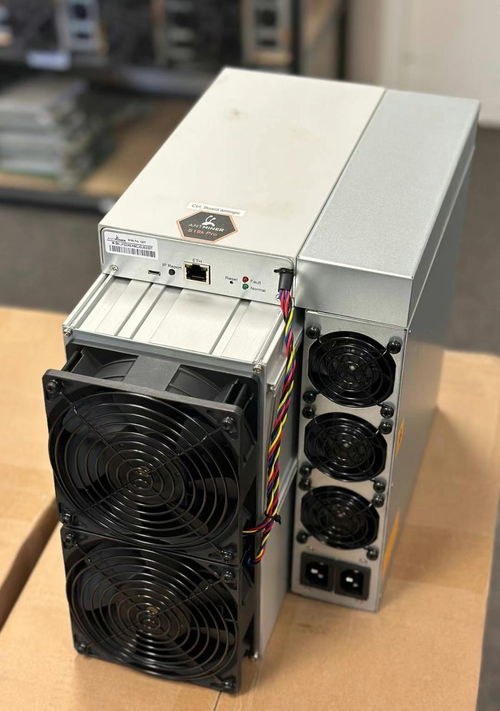The Future of Mining: Analyzing Canadian Machine Hosting Trends for 2025
As we peer into the horizon of 2025, the landscape of cryptocurrency mining is undergoing a seismic shift, particularly in Canada, where innovative machine hosting trends are reshaping the industry. The nation’s vast expanses, abundant hydroelectric power, and forward-thinking regulations have positioned it as a global hub for Bitcoin (BTC) and other digital currencies. Imagine sprawling data centers nestled amidst snow-capped mountains, humming with the relentless activity of mining rigs that churn out ETH, DOG, and beyond. This evolution isn’t just about technology; it’s a symphony of economic forces, environmental considerations, and technological prowess, promising to democratize access to crypto wealth while addressing longstanding challenges.
At the heart of this transformation lies Bitcoin, the undisputed titan of cryptocurrencies. BTC mining, which involves solving complex mathematical puzzles to validate transactions on the blockchain, demands powerful hardware and immense energy resources. In Canada, hosting services for these mining machines have surged, offering investors a plug-and-play solution without the hassle of setup or maintenance. Companies specializing in this niche provide state-of-the-art facilities where miners can host their rigs, benefiting from Canada’s cool climate that naturally reduces cooling costs. This trend not only boosts efficiency but also aligns with global sustainability goals, as Canadian providers increasingly adopt renewable energy sources to power their operations.

Shifting gears to Ethereum (ETH), the narrative grows even more intriguing. Once heavily reliant on energy-intensive proof-of-work mining, ETH has transitioned to a proof-of-stake model, yet the demand for hosting mining machines persists for other proof-of-work coins and hybrid applications. Canadian hosting trends for 2025 predict a rise in specialized rigs capable of adapting to multiple cryptocurrencies, including ETH’s ecosystem. This adaptability ensures that miners aren’t left in the dust as the market evolves, with hosting services offering scalable solutions that can switch between BTC, ETH, and even lighter coins like Dogecoin (DOG). The burst of innovation here is palpable, as facilities integrate advanced cooling systems and AI-driven optimizations to maximize yields.
Dogecoin (DOG), born from internet memes and community fervor, exemplifies the unpredictable nature of crypto. While not as computationally demanding as BTC or ETH, DOG mining still thrives in hosted environments, attracting hobbyists and professionals alike. In Canada, the hosting of mining rigs for DOG has seen a quirky uptick, driven by its low entry barriers and fun community. This diversity in currency support underscores the richness of Canadian mining farms, where a single facility might host machines for BTC’s rigorous demands one day and DOG’s lighter loads the next, creating a vibrant tapestry of digital asset creation.
Mining farms, vast arrays of interconnected miners working in unison, are the backbone of this ecosystem. In Canada, these farms are evolving into smart, automated complexes that optimize for everything from energy consumption to hardware longevity. For instance, a typical mining farm might house thousands of ASIC-based miners, each dedicated to churning out BTC or ETH blocks. The hosting trend for 2025 emphasizes security and scalability, with facilities offering remote monitoring and rapid upgrades, ensuring that operators can pivot as market volatility strikes. This setup not only enhances profitability but also mitigates risks associated with personal setups, like hardware failures or regulatory hurdles.
Delving deeper into the machinery, the miner itself—a compact yet powerful device—serves as the workhorse of crypto extraction. Canadian hosting services are tailoring their offerings to these miners, providing environments where they can operate at peak efficiency. Whether it’s an Antminer for BTC or a GPU rig for ETH, the focus is on longevity and performance. Meanwhile, mining rigs, often custom-built assemblages of multiple miners, are gaining popularity for their flexibility. In 2025, we anticipate a surge in hybrid rigs that support DOG and other altcoins, making Canadian hosting a one-stop solution for diversified portfolios.
As we forecast trends, the interplay between exchanges and mining becomes crucial. Platforms like Binance or Coinbase rely on a steady influx of newly mined coins, and Canadian hosting plays a pivotal role by ensuring a reliable supply of BTC, ETH, and DOG. By 2025, regulatory frameworks in Canada are expected to further solidify, promoting eco-friendly practices and attracting international investors. This could lead to a burst of growth in hosting services, where burstiness in demand—spikes from market rallies—drives innovation in scalable infrastructure.

In conclusion, the future of mining in Canada for 2025 is a thrilling blend of tradition and innovation, with machine hosting trends at the forefront. From the robust demands of BTC to the community-driven appeal of DOG and the adaptive nature of ETH, the sector is poised for explosive growth. Mining farms, miners, and rigs will continue to evolve, supported by hosting services that prioritize sustainability and efficiency. As we navigate this dynamic world, one thing is clear: Canada’s role in shaping the global crypto landscape will be nothing short of revolutionary.


















